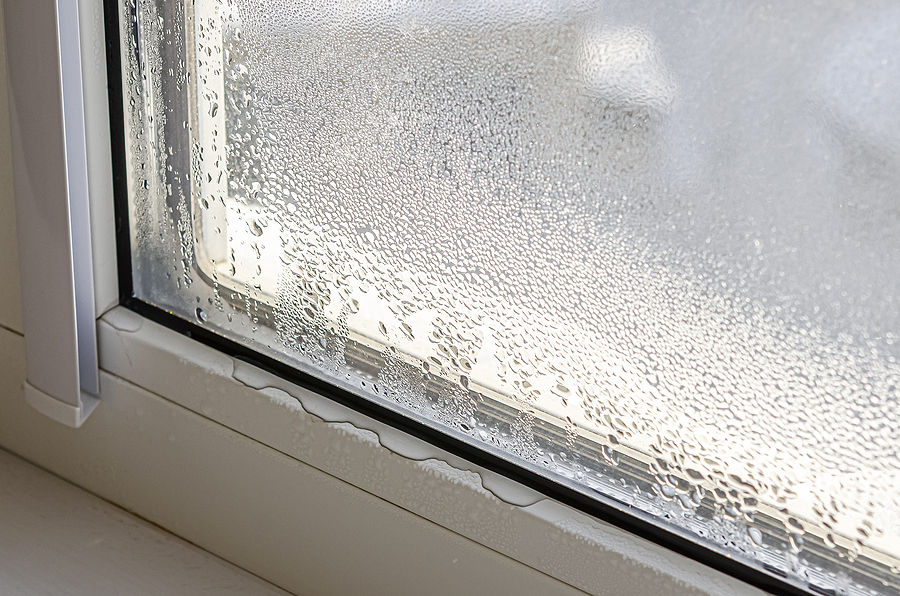Condensation can be a problem with new windows
By Richard F. Pezzino
So you had all of your old, drafty windows replaced to save on your energy bills and all of a sudden – there’s moisture forming on the glass. What happened? Aren’t the new windows any good?
The truth is, they are good – they are good at eliminating the air exchange between the outdoors and the indoors – which is why you are no longer losing heated or cooled air. But they have changed the indoor environment to one that has more water in the air. And when indoor air is too moist, molds and mildews are encouraged to grow – and some molds can be hazardous to your health.
There are many factors contributing to moisture in the air inside your house and now that moisture has no way of escaping. New homes or new construction will show condensation because building materials contain moisture. When the heat has been on for awhile during the winter, this moisture will dry out and windows will stop collecting condensation.
Our humid Buffalo summers contribute to condensation too. During the summer your house will absorb moisture, but again, this does dry out after a few weeks with the furnace on.
In this area we also often have damp cellars, some even with dirt floors. If this is the case, make sure you have a sump pump to carry water away from the basement floor and make sure your eaves and downspouts are operational so rainwater is carried away from the house and the cellar walls. At this time of the year that may involve cleaning the gutters, which collect leaves and pine needles throughout the fall and winter.
Yet another weather-related issue we experience here – sudden drops in temperature – will cause temporary condensation problems as cold air causes the moisture in the air to collect on the windows.
If you have concerns about the condensation in your house, there are a few simple steps you can take to reduce it. First, ventilate. Make sure the bathrooms and your clothes dryer and gas burners are ventilated properly. Then run your exhaust fans longer and more frequently. Air out the house for a few minutes each day to allow the moist air to escape. Open your fireplace damper to let the moist air out. You may have needed a humidifier in the house before the new windows were installed, but chances are you don’t need it now so make sure it’s turned completely off.
During the winter, you may not want to turn your furnace down too much at night, since the drop in temperature can cause the moisture to condense out of the air. You’ll want to keep your heat registers free from obstructions (including deflectors), and keep blinds open and plants away from heat radiators. Run the fan on a forced air heating system continuously to create convection on the window surface. If the moisture problem continues, you can put a thin plastic film over the windows when they are dry, but try this on one window to see if it works before you go all out.
New, tight windows are still a good idea. They minimize cold drafts, control the air quality, make building materials last longer and are more energy efficient – all factors that make it worthwhile to deal with a little extra condensation.
Richard Pezzino is a Certified Home Inspector with more than 20 years of experience in residential and commercial properties. He is affiliated with the National Association of Home Inspectors, National Radon Safety Board, Buffalo Niagara Association of Realtors and the National Association of Residential Real Estate Professionals. Visit his web site at: www.accuviewinspections.com.








